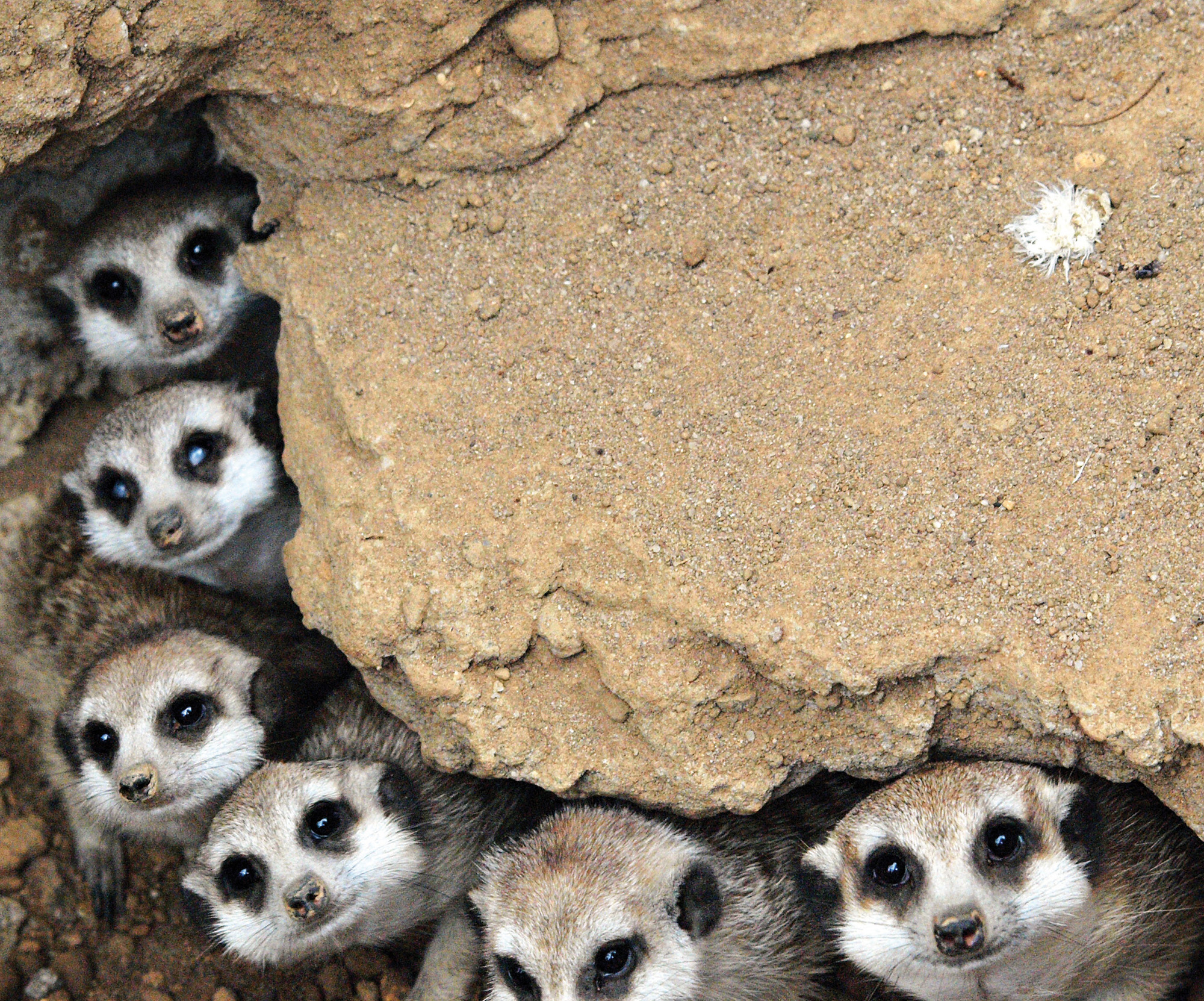CHAPTER 28 INTRODUCTION
CORE CONCEPTS
28.1 Complex multicellularity arose several times in evolution.
28.2 In complex multicellular organisms, bulk transport circumvents the limitations of diffusion.
28.3 Complex multicellularity depends on cell adhesion, communication, and a genetic program for development.
28.4 Plants and animals evolved multicellularity independently of each other and solved similar problems with different sets of genes.
28.5 The evolution of large and complex multicellular organisms, which required abundant oxygen, is recorded in the fossil record.

In the human body, several trillion cells work in close coordination, enabling us to sense our surroundings and respond to them, move, eat, grow, and reproduce. Humans are an example of a complex multicellular organism. Our cells are specialized for specific functions, so our body as a whole can perform a broad range of tasks, but individual cells for the most part cannot. We require trillions of cells to accomplish the same broad range of biological activities that can be performed by single-celled protists and bacteria.
Complex multicellular organisms are relative latecomers in the history of life, arising more than 3 billion years after microorganisms first evolved. In subsequent chapters, we discuss the biology of three groups that have evolved complex multicellularity: animals, land plants, and fungi. First, however, we need to ask, how did complex multicellular organisms arise from simple precursors, and what new ways of life were made possible by their evolution? As we will see, complex multicellularity depended on several key evolutionary innovations. Each step built on the previous one, leading to the evolution of organisms with tissues and organs able to transport oxygen, signaling molecules, and nutrients rapidly over long distances.